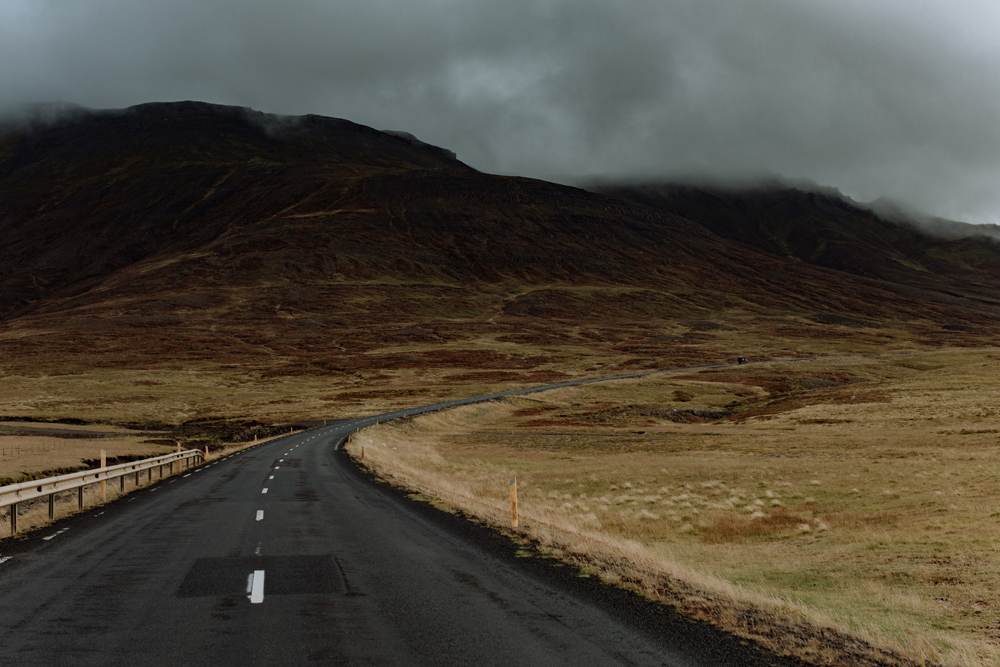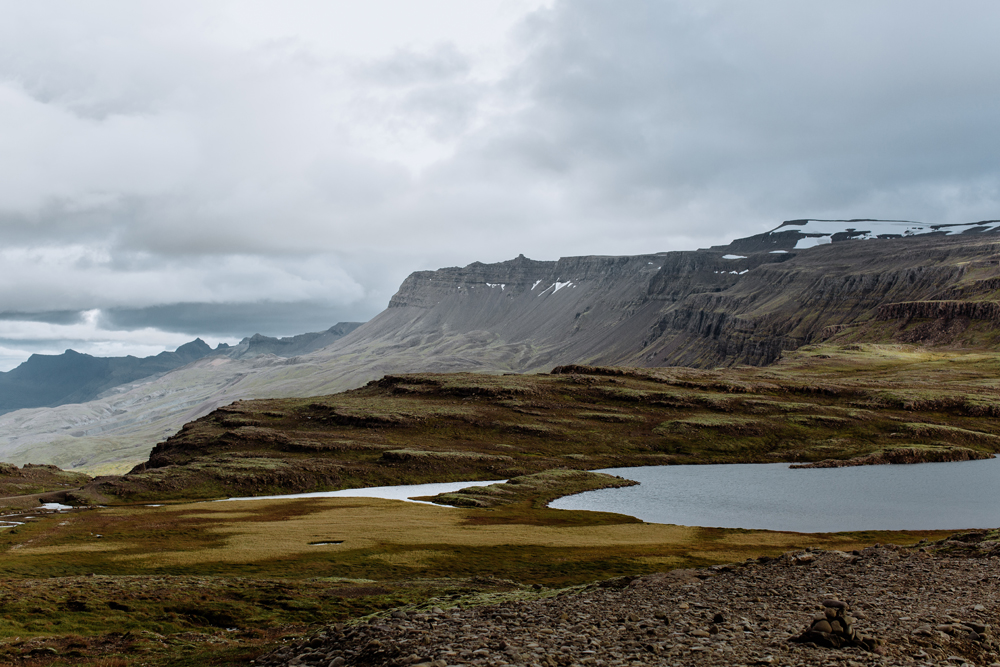
Planning a vacation to Iceland can seem daunting at first – there is so much to see and do. One of the best ways to see the country is by going around The Ring Road (the main highway that runs in a circle around the entire country). From the Ring Road, you will have the ability to veer off into other areas. During our September 2017 trip to Iceland, we did the whole ring road by campervan, and veered off to visit the Snaefellsnes Peninsula and Westfjord regions.
We did A LOT of research before visiting Iceland for 10 days, and still came across many things that was news for us. As a result, here are a list of 10 Things to Know Before Traveling Iceland’s Ring Road.
10 Things to know about the ring road of iceland

- Rent a campervan, or book your hotels/guesthouses in advance. The best way to see all of Iceland is by campervan – it provides the most flexibility, and is more affordable than renting a room every night. Of course, cost considerations will be dependent on your own budget and how long you plan to stay in Iceland. For us, one of the hardest parts about planning our trip when we were originally considering renting places to stay was figuring out how long we would want to be in a given area. As it turned out, we ended up deciding during our trip to stay in the North near Akureyri an extra day – flexibility that would have only been available if we had originally booked 2 nights in this region. We rented our campervan through Kuku Campers – a reputable company on the island.
- You can technically drive the Ring Road in a day. Iceland is a small country – roughly the size of Ohio. It can technically be driven in under 24 hours, but this would not be advised for a number of reasons. We spent 10 days on the Ring Road, and feel this is the minimum amount of time you should set aside for your Iceland trip. 12 days would certainly be more comfortable, as 2 of our days were spent with significant amounts of driving (6 – 10 hours/day range).
- Learn the speed limits, and stick to it. Iceland is a unique country that does not see a large police presence outside of the main cities of Reykjavik and Akureyri. To help counter speeding, there are many speeding cameras set up around the country that take photos automatically. Unlike an actual police officer, these cameras are not particularly lenient, and many foreign travelers find themselves with high cost speeding tickets as a result. The general rules of the road are simple: 90km/hour in paved portions of the road, 70km/hour on unpaved portions and in tunnels, and 50km/hour through cities and towns. While this is the standard, do pay attention because these rules are subject to change.
- If you need to stop for pictures, use the stop offs. You would think this is a no brainer, but some people like to stop in the middle of the road – and it is not a good idea. Iceland’s Ring Road can be misleading at times, because there are stretches where you may not see another human being for a few hours (particularly in the off season). There are many areas to simply pull over safely to take in the landscape, and take photos.
- Set aside about $500 for gas. The thing about driving such a long distance is that the cost of gas starts to add up – and it costs quite substantially in this country (around 8$/gallon as a US equivalent).
- Check out the N1 Gas Stations. At a certain point in our trip, there was something really comforting about running into N1 Gas Stations. Unlike some gas stations we have in the States, these are really rather nice and function like mini-supermarkets and fast food stops in addition to being gas stations. While sort of strange, Iceland is known for its hot dogs – and it is always easy to pick some up for the road here.
- Come prepared with the right credit cards. One of the most difficult things to wrap our heads around about traveling to Iceland (and Europe in general as we found out) was understanding what types of cards would be accepted there. While Icelanders do use cash currency, it is far more common for people to use credit cards to pay for just about everything.
Most widely accepted are Visa and Mastercard, which led to us having to get one of these as we have only used Discover up to this point. More importantly, you will need a car that allows you to input a pin #, specifically for instances where you run into an unmanned gas station (more on that later).
In Iceland, chip and pin credit cards are the norm, unlike in the USA where we mostly use chip and sign cards. We actually had difficulty finding a card like this that we could get, and ended up buying gas with our debit cards (unfortunately having to take a small hit of international service fees).
- Unmanned gas stations. Every gas station (that I know of anyways) in the USA has some sort of attendant. Whether you are in New Jersey where someone will actually pump your gas for you, or in our home state of Pennsylvania where you pump your own, there is always someone around to pay or talk to if needed. In more remote sections of the Ring Road, you will only encounter unmanned stations. These are easy enough to use, but you need to come prepared with a chip and pin credit card. Alternatively, you can purchase a gas station gift card (at a regular establishment) and use those. Either way: always fill up because you never know when the next gas station is going to come along.
- Watch for sheep! Throughout all of Iceland is farmland, and the sheep seem to roam free endlessly. They usually are wise enough to stick to the grasslands where you will generally find them, but from time to time they like to cross the road – sometimes at the worst of times. The sheep also do not care about your feelings, as they will stare at you and stay still watching you with the eyes of a hawk. A few quick beeps of your car horn will do the trip to get them to move along, but it is important to always be alert while driving, even more so at night where they are even more difficult to see.
- Get ready for stretches of unpaved, challenging road. Most of the Ring Road is well paved and an easy drive (minus having to stick to the speed limit, and occasional stretches with nothing but empty space to take in). There is a small portion of the Ring Road in the Eastern part of Iceland that is unpaved, and during September it was particularly filled with pot holes and loose gravel (making gravel insurance a must when renting a car here). All in all, it was not too bad on the actual Ring Road, but if you have plans to go off of it – especially into the Westfjords – you are in for another unpaved road experience entirely.

There is a lot to learn about traveling in Iceland, and we hope this list of 10 things to know about traveling the Ring Road will help you with your own trip there.